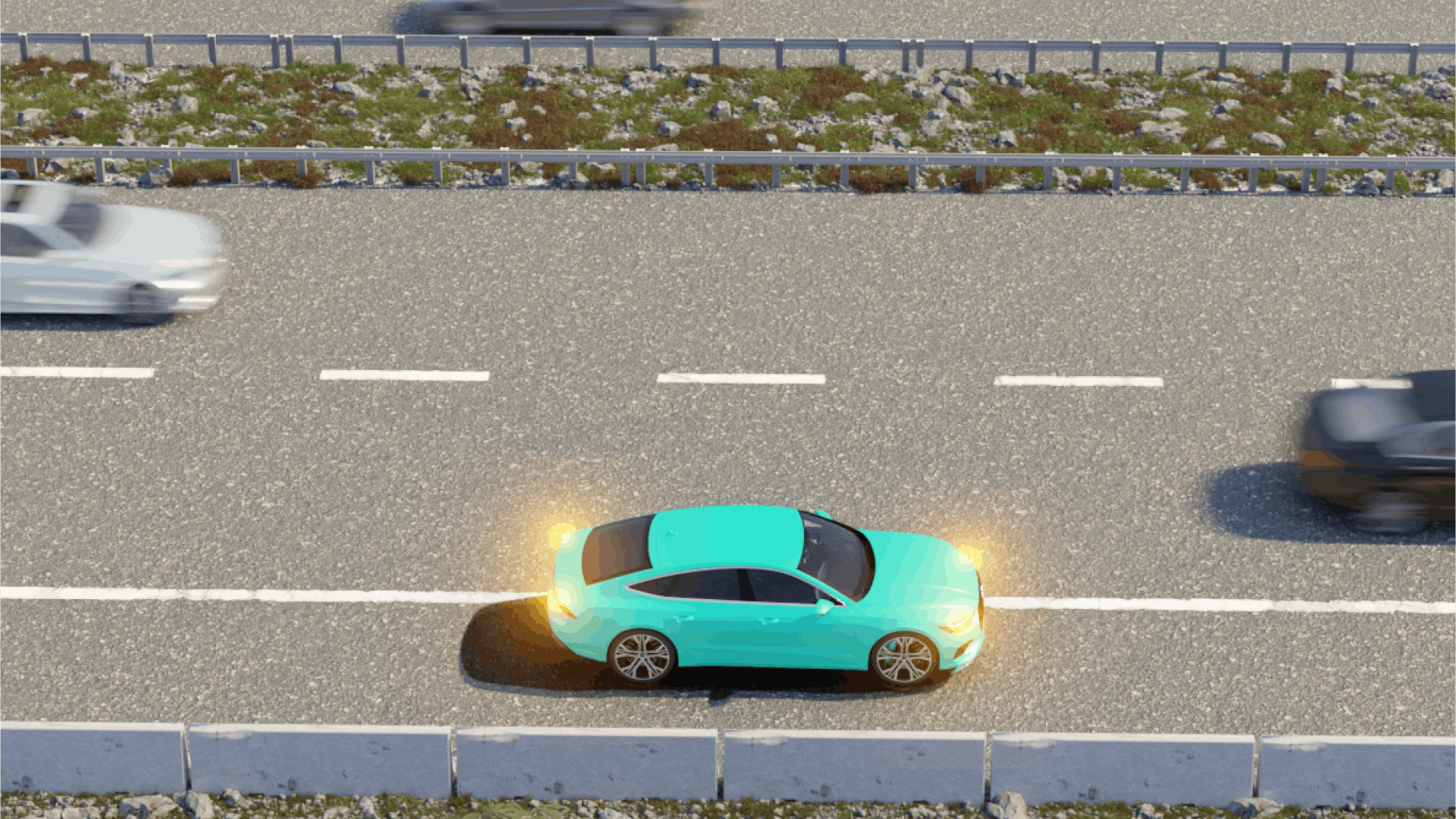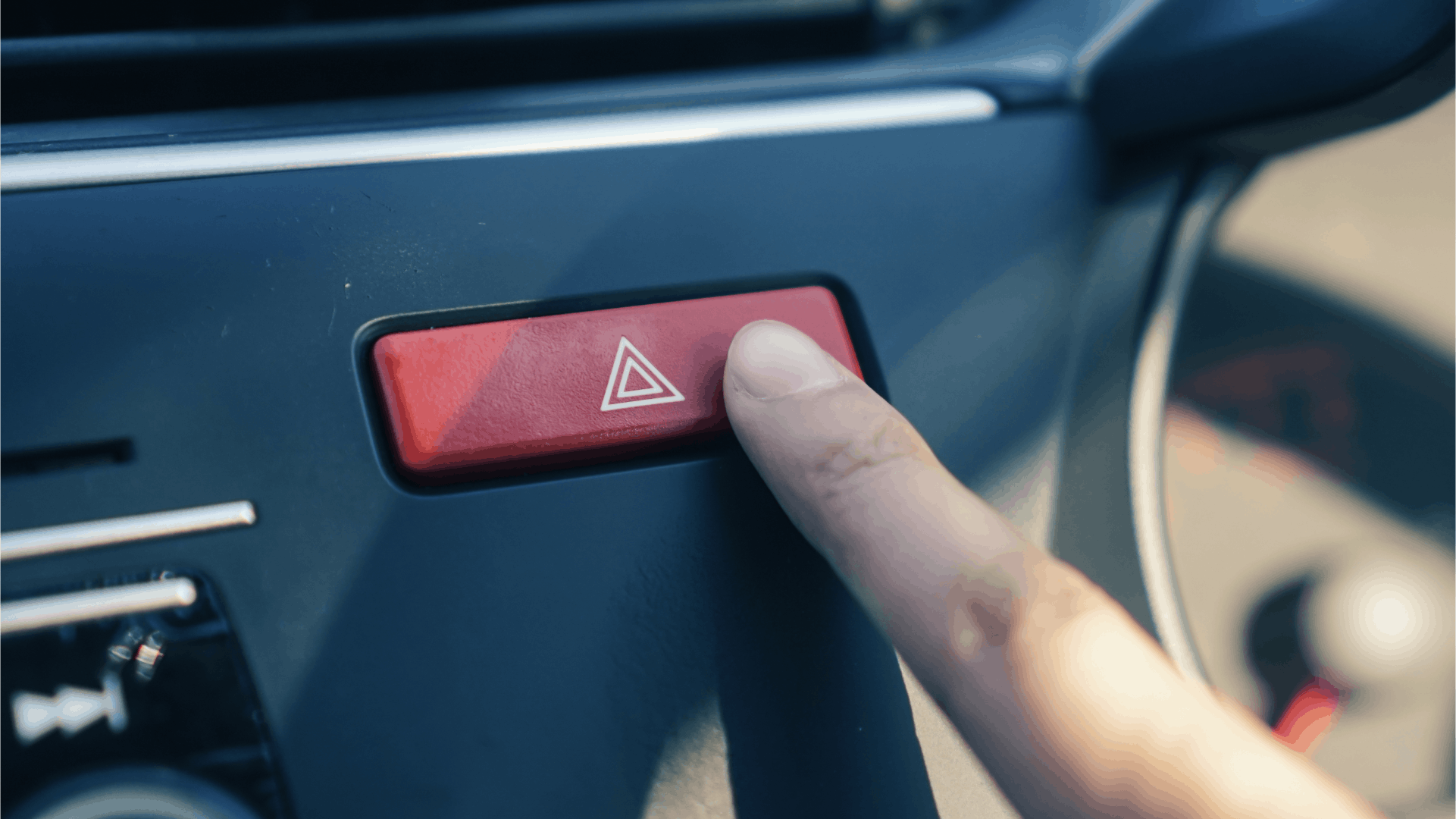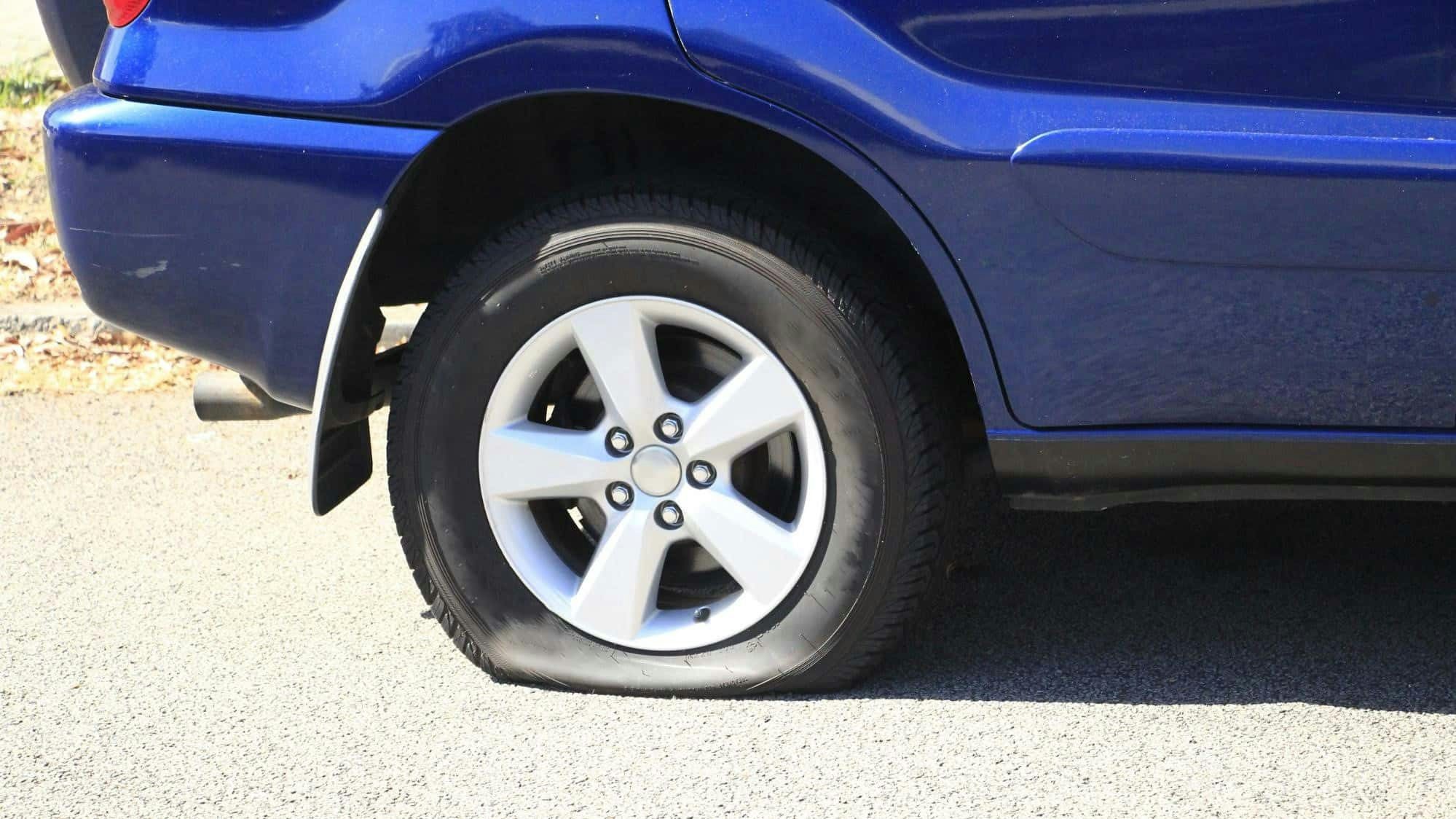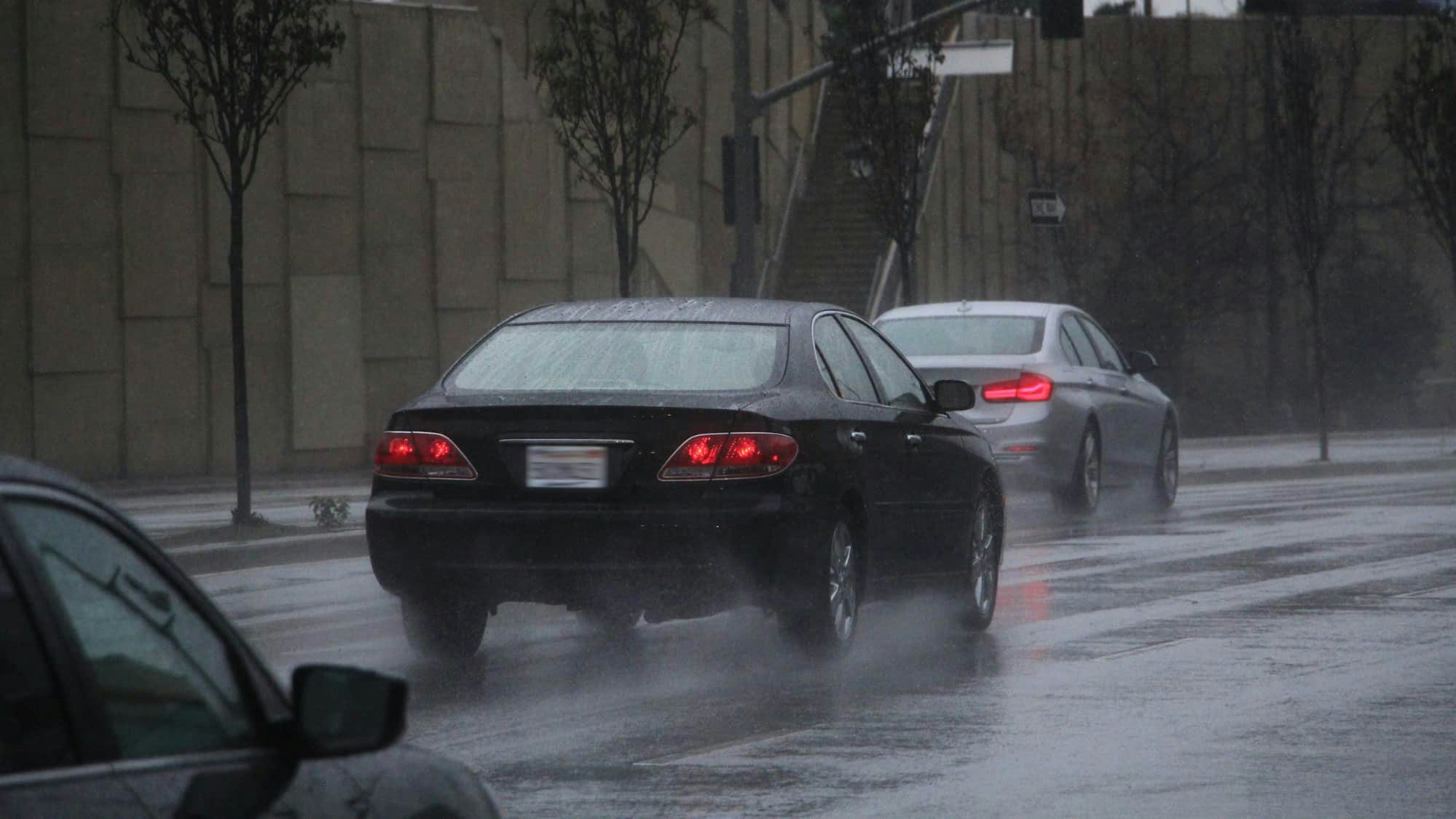
What are Hazard Lights and When Should You Use Them?
In this article, we go through:
- How to use hazard lights
- When to use and not to use them
- State-specific regulations
What are Hazard Lights?
Hazard lights, often called flashers or emergency lights, are a safety feature in vehicles. They are blinking lights, usually bright amber, found on your car’s front and back. These lights are a universal signal for trouble or warning on the road.

How to Use Hazard Lights

You can find the switch, marked with a red triangle, usually on the dashboard or near the steering column. Simply press this switch to activate the lights, and press the switch again to turn them off.
When Should You Use Hazard Lights?
Emergency Situations
- Vehicle Breakdowns: When your car can’t move due to a breakdown, switch on the flashers to signal others to navigate around your vehicle.
- Accidents: In case of a collision, activate the hazard lights. They alert other drivers to the accident scene, helping them pass safely.
- Roadside Emergencies: If you must stop for an urgent issue, like a health emergency or a tire change, use the lights to indicate your stationary position.

Traffic and Legal Compliance
- Stopped or Slow-Moving Traffic: Use the hazard lights to warn the drivers behind you in heavy traffic jams or sudden stops, especially on highways.
- Law Enforcement Interactions: When stopped by police or following their instructions in traffic situations, turn on the lights to increase visibility and show compliance.
Special Driving Circumstances
- Funeral Processions: Using the hazard lights during a funeral procession helps keep the group together and signals other drivers to the procession.
- Slow-Moving Vehicles: If driving significantly below the usual speed, like when towing, use the lights to warn others of your slower pace.

When Should You NOT Use Hazard Warning Lights?
Common Driving Situations
- As an Excuse for Illegal Parking: Using the hazard lights doesn’t legalize parking in restricted areas and creates unnecessary risks.
- In Regular Traffic Flow: Employing the hazard lights during normal driving can mislead and confuse other road users.
- When Trying to Turn or Exit a Road: The hazard lights are not meant for signaling turns or exits, as they obscure your intended direction.
- During Brief Stops for Convenience: Quick stops like dropping off passengers or loading items do not usually warrant the use of hazard lights and create confusion on the road.
Non-Emergency Scenarios
- As a Substitute for Broken Lights: The emergency lights cannot replace malfunctioning turn signals or brake lights and do not fulfill legal signaling requirements.
- When Towing Without Difficulty: Unless the towing process significantly slows you down or there’s a problem, the hazard lights are not necessary.
- During Driving in Rain or Fog: Regular vehicle lights should be used in these conditions, as the flashers can lead to confusion and are often illegal.

Hazard Light Regulations in Different States
In all states, the hazard lights are allowed when a vehicle is stationary. Still, regulations differ regarding their use when the vehicle is moving. There are two states where it’s allowed to use the emergency lights during a car movement: FL and GA.
And here is the full list of states in which it’s forbidden to use the emergency lights when moving: AK, CA, CT, HI, IA, KY, MD, MA, MN, MT, NV, NH, NY, ND, OR, PA, RI, SD, UT, VT, WA, WI.
| State | Limited Use While Moving |
| AL | Allowed in specific situations like heavy traffic or poor visibility. |
| AZ | Permitted in extreme weather conditions or traffic congestion. |
| AR | Allowed in emergency situations or when the vehicle is a hazard. |
| CO | Allowed during towing or when the vehicle speed is significantly reduced. |
| DE | Permitted during emergencies or adverse weather conditions. |
| ID | Use recommended in situations like traffic jams or emergency vehicle following. |
| IL | Allowed in heavy traffic, poor weather, or during a funeral procession. |
| IN | Permitted during slow-moving traffic or weather-related visibility issues. |
| KS | Allowed in cases of slow traffic or when a vehicle poses a hazard. |
| LA | Permitted in heavy traffic or poor weather conditions. |
| ME | Use in specific scenarios like traffic backups or emergency vehicle escort. |
| MI | Allowed in heavy traffic or when the vehicle is moving much slower than normal. |
| MS | Permitted in emergencies or when traffic conditions require reduced speed. |
| MO | Allowed in traffic congestion or when following emergency vehicles. |
| NE | Allowed during towing or in heavy traffic situations. |
| NJ | Permitted in traffic jams or when the vehicle’s speed is significantly reduced. |
| NM | Use in emergencies or during slow-moving traffic situations. |
| NC | Allowed in heavy traffic or poor weather conditions. |
| OH | Permitted when traffic is slow or stopped and during towing. |
| OK | Allowed in heavy traffic or when the vehicle poses a safety risk. |
| SC | Use in heavy traffic, poor visibility, or during funeral processions. |
| TN | Permitted in heavy traffic or poor visibility situations. |
| TX | Allowed in extreme weather or during funeral processions. |
| VA | Permitted during slow traffic or adverse weather conditions. |
| WV | Allowed in traffic congestion or when the vehicle speed is significantly reduced. |
| WY | Allowed in cases of slow-moving traffic or emergency situations. |
Preparing for Your Permit and Road Tests
Zutobi is here to ensure you’re fully prepared, not just in theory but in practical driving skills as well. Our app doesn’t stop at delivering exciting learning. We also offer an exclusive behind-the-wheel video course designed to guide you through real driving scenarios, preparing you for the permit test and the actual behind-the-wheel training. Don’t leave your success to chance, get Zutobi today.

Avoid beginner mistakes with expert advice
Build road test confidence and reduce anxiety
Make at-home lessons a success with our parent guide
Recommended articles
Ace your DMV test, guaranteed
Want to Be the Top School in Your Area?
- Simple & automated admin
- More time for teaching
- #1 learning materials for students


